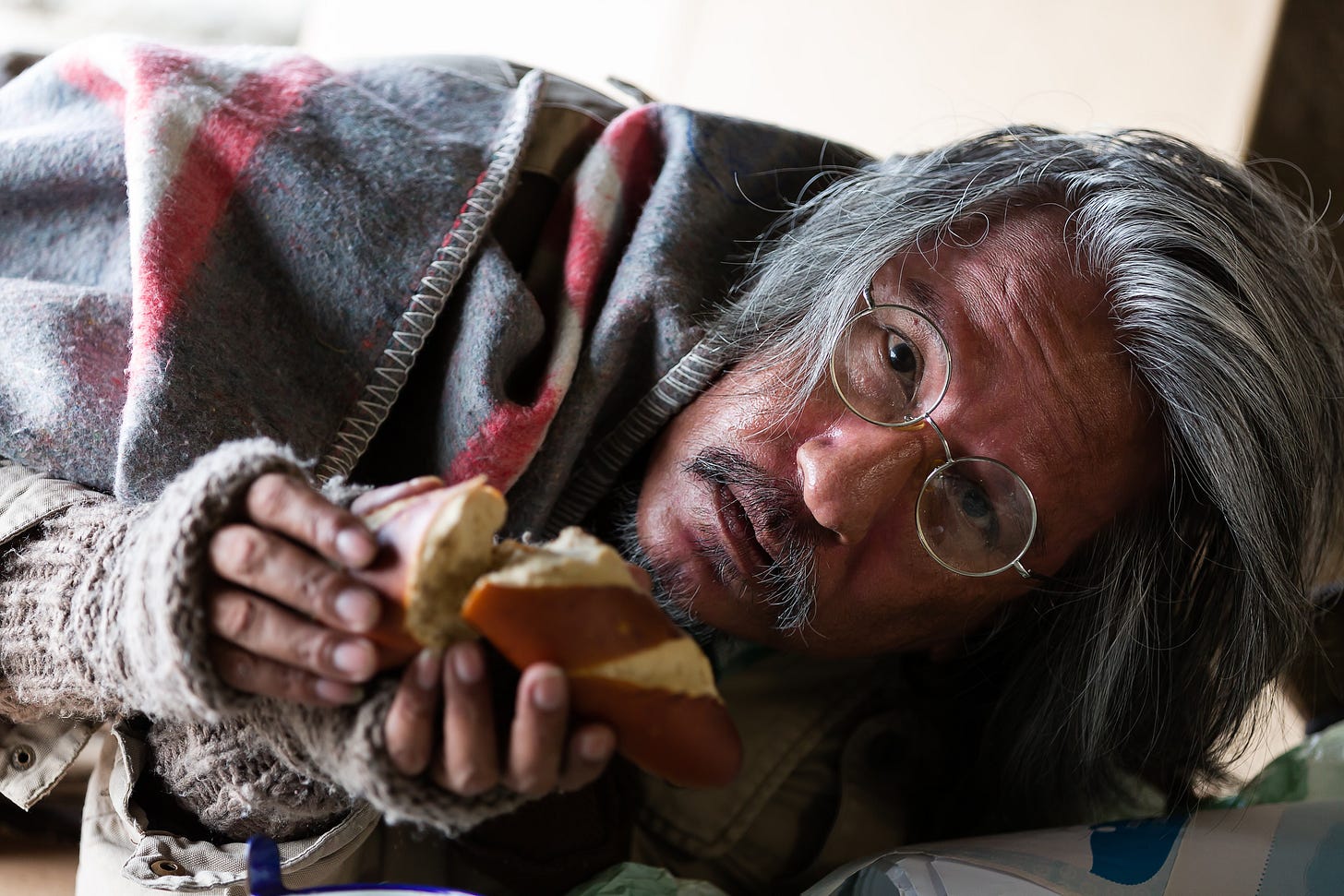SNAP Benefits on Hold: Why Millions Could Miss Food Aid November 1—and What the ACA Has to Do With It
If November 1 arrives without a deal, SNAP benefits will stop
A Crisis Born in Congress, Not the USDA
Tens of millions of Americans who depend on the Supplemental Nutrition Assistance Program (SNAP) may not receive their food benefits starting November 1. The U.S. Department of Agriculture (USDA) says it cannot legally issue payments without an approved spending bill.
The federal government has been partially shut down since October 1, after Congress failed to pass either a full-year budget or a short-term funding measure.
The USDA has warned all 50 states that, absent congressional action, it has no authority to pay November benefits. And this time, it won’t dip into reserve funds to bridge the gap — not because it doesn’t want to, but because it legally can’t.
Why This Shutdown Is Really About the Affordable Care Act
While the public debate has often focused on “funding the government,” the real battle is over Affordable Care Act (ACA) subsidies — the financial assistance that lowers health insurance premiums for Americans on the exchange.
Those enhanced subsidies were originally temporary pandemic measures, set to expire next year.
Democratic leaders have refused to support a clean spending bill unless it includes an extension of the ACA subsidies, effectively tying health-care policy to the entire federal budget.
Republican negotiators — and the administration — argue that these subsidies should be debated separately, not used as a bargaining chip in a must-pass appropriations bill.
“We can debate health-care spending in its own legislation,” one senior lawmaker told reporters, “but we shouldn’t hold the rest of the country hostage to it.”
That’s the heart of this standoff. SNAP and ACA subsidies have nothing to do with each other, but because Congress can’t agree on the ACA’s inclusion, all discretionary funding — including USDA operations — is frozen.
The result: millions of low-income families are now caught in the crossfire of Washington politics.
Why USDA Says It Can’t Pay SNAP
The USDA has taken a strict but legally defensible stance.
In a memo sent to states on October 24, it said the department “cannot use contingency funds to issue November benefits” because those funds are only available to supplement existing appropriations — not replace them when Congress hasn’t approved any.
That position traces back to a major ruling by the Government Accountability Office (GAO) following the 2018–2019 government shutdown.
The 2019 GAO Precedent
During the last major shutdown, USDA advanced February SNAP payments early using leftover funding from a continuing resolution. The GAO later ruled that the move violated the Antideficiency Act, which prohibits federal agencies from spending money that Congress hasn’t authorized.
USDA got burned once — and it’s not risking it again.
The GAO ruling made clear that contingency or reserve funds cannot legally replace an absent appropriation. Doing so again could expose the department and its officials to legal penalties.
In other words: USDA isn’t choosing to withhold aid — it’s obeying the law.
Congress is the only body that can restore the legal authority to pay November benefits.
Who’s Stepping In
Some state governors have acted to cushion the blow:
Virginia Governor Glenn Youngkin declared a state of emergency to release state funds for food assistance.
Louisiana Governor Jeff Landry signed an emergency order to provide limited stopgap aid.
California and Hawaiʻi are preparing to support food banks and deploy National Guard resources if needed.
But these are temporary patches. USDA has warned that states will not be reimbursed for any aid distributed while federal funding is frozen.
Will People Go Hungry?
Without SNAP, many households will feel it immediately.
Food banks and community pantries are already bracing for a surge in demand. Even short delays in benefits can mean skipped meals, cheaper and less nutritious food, or impossible trade-offs between groceries and rent.
If Congress restores funding in early November, states can issue payments retroactively — meaning SNAP might arrive late, not lost. But if the shutdown drags on, benefits simply won’t exist to send out.
There’s no hidden reserve, no backdoor fix. Just an empty account until lawmakers act.
Who’s to Blame
Let’s be plain:
Congress, not the USDA, caused this crisis.
Democratic negotiators are holding the government budget hostage to secure a long-term extension of ACA subsidies that are unrelated to government operations.
The administration is following the law — refusing to risk another Antideficiency Act violation by spending money it doesn’t have authorization to spend.
In short: this isn’t bureaucratic cruelty. It’s constitutional discipline colliding with political brinkmanship.
The Bigger Picture
The shutdown shows how Washington’s dysfunction hits the most vulnerable first.
The SNAP issue has nothing to do with partisan ideology over food assistance — both sides agree the program should continue. The problem is procedural: one side won’t fund the government without their health-care policy add-on, and the other won’t sign off on what it sees as political ransom.
Meanwhile, single parents, seniors, and working families are being forced to wait in the checkout line for a Congress that can’t check its own priorities.
Conclusion
If November 1 arrives without a deal, SNAP benefits will stop — not because the USDA refused to help, but because the law doesn’t let it spend a penny it hasn’t been given.
Congress can fix this today with a simple, clean continuing resolution.
Until it does, millions of Americans will pay the price of politics — and the people who can least afford to go hungry will once again bear the burden of Washington’s games.




